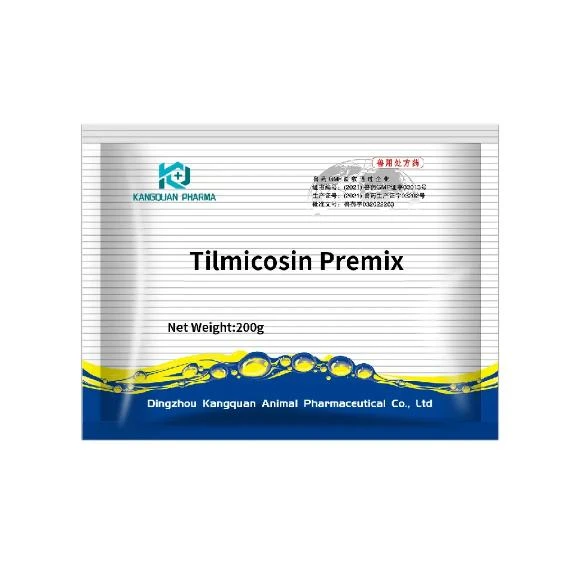- Afrikaans
- Albanian
- Amharic
- Arabic
- Armenian
- Azerbaijani
- Basque
- Belarusian
- Bengali
- Bosnian
- Bulgarian
- Catalan
- Cebuano
- Corsican
- Croatian
- Czech
- Danish
- Dutch
- English
- Esperanto
- Estonian
- Finnish
- French
- Frisian
- Galician
- Georgian
- German
- Greek
- Gujarati
- Haitian Creole
- hausa
- hawaiian
- Hebrew
- Hindi
- Miao
- Hungarian
- Icelandic
- igbo
- Indonesian
- irish
- Italian
- Japanese
- Javanese
- Kannada
- kazakh
- Khmer
- Rwandese
- Korean
- Kurdish
- Kyrgyz
- Lao
- Latin
- Latvian
- Lithuanian
- Luxembourgish
- Macedonian
- Malgashi
- Malay
- Malayalam
- Maltese
- Maori
- Marathi
- Mongolian
- Myanmar
- Nepali
- Norwegian
- Norwegian
- Occitan
- Pashto
- Persian
- Polish
- Portuguese
- Punjabi
- Romanian
- Russian
- Samoan
- Scottish Gaelic
- Serbian
- Sesotho
- Shona
- Sindhi
- Sinhala
- Slovak
- Slovenian
- Somali
- Spanish
- Sundanese
- Swahili
- Swedish
- Tagalog
- Tajik
- Tamil
- Tatar
- Telugu
- Thai
- Turkish
- Turkmen
- Ukrainian
- Urdu
- Uighur
- Uzbek
- Vietnamese
- Welsh
- Bantu
- Yiddish
- Yoruba
- Zulu
11월 . 23, 2024 05:41 Back to list
levamisole hydrochloride oxyclozanide
Levamisole Hydrochloride and Oxyclozanide An Overview
In the realm of veterinary medicine and parasitology, the use of anthelmintic agents is crucial for the control and prevention of parasitic infections in livestock. Among these agents, levamisole hydrochloride and oxyclozanide have garnered attention due to their efficacy and unique modes of action. This article delves into their characteristics, applications, and significance in livestock health management.
Levamisole Hydrochloride
Levamisole hydrochloride is a synthetically derived imidazothiazole compound primarily known for its anthelmintic properties. Originally developed for the treatment of roundworm infections in humans, its application has expanded significantly in veterinary medicine. Levamisole is particularly effective against a range of nematodes, including those that affect sheep, cattle, and pigs. Its mechanism of action involves the stimulation of nicotinic acetylcholine receptors in the nematode's muscle cells, causing paralysis and subsequently leading to the worm's death.
Apart from its antiparasitic effects, levamisole also exhibits immunomodulatory properties. It is known to enhance the immune response in animals, making it beneficial during times when livestock is at a higher risk of infection or stress, such as during weaning or transport. This dual action not only aids in combating existing infections but also fortifies the animal's overall health, promoting better growth rates and productivity.
Oxyclozanide
Oxyclozanide, a salicylanilide derivative, is another potent anthelmintic agent specifically targeting fluke infections. It proves particularly effective against Fasciola hepatica, the liver fluke that poses a severe threat to the health of ruminants. The liver fluke can cause significant economic losses due to reduced milk and meat production, in addition to being a risk factor for various liver diseases.
levamisole hydrochloride oxyclozanide

The mode of action of oxyclozanide involves inhibition of oxidative phosphorylation in flukes, leading to energy depletion and ultimately death. This targeted approach allows for effective treatment of fluke infestations while minimizing impact on the host animal and its beneficial gut flora.
Combination Therapy
The combination of levamisole hydrochloride and oxyclozanide offers a synergistic effect that enhances the overall efficacy of treatment regimens in livestock. By addressing a broader spectrum of parasitic infections—both nematodes and trematodes—this combination can lead to comprehensive parasite management strategies. Furthermore, it can help mitigate the risk of drug resistance, a growing concern in the treatment of parasitic diseases.
The use of combination therapies has been supported by various studies, indicating that using multiple mechanisms of action against parasites not only increases the success of treatment but also ensures a better health outcome for the animals involved. Employing such strategies can lead to improved livestock productivity, translating into economic benefits for farmers and the agricultural sector as a whole.
Conclusion
The use of levamisole hydrochloride and oxyclozanide represents a significant advancement in the management of parasitic diseases in livestock. Their unique chemical properties and modes of action provide effective tools against nematodes and trematodes, respectively. As the industry continues to grapple with challenges such as drug resistance and the economic impacts of parasitic infestations, the integration of these agents into treatment protocols becomes increasingly vital. Maintaining the health of livestock through effective parasitic control not only ensures animal welfare but also contributes to the sustainability and productivity of agricultural practices worldwide.
In summary, the careful use of levamisole hydrochloride and oxyclozanide can lead to healthier livestock, improved agricultural yields, and ultimately, greater food security. As research continues to evolve, staying informed about these anthelmintic agents and their potential applications remains essential for those involved in veterinary science and animal husbandry.
-
Guide to Oxytetracycline Injection
NewsMar.27,2025
-
Guide to Colistin Sulphate
NewsMar.27,2025
-
Gentamicin Sulfate: Uses, Price, And Key Information
NewsMar.27,2025
-
Enrofloxacin Injection: Uses, Price, And Supplier Information
NewsMar.27,2025
-
Dexamethasone Sodium Phosphate Injection: Uses, Price, And Key Information
NewsMar.27,2025
-
Albendazole Tablet: Uses, Dosage, Cost, And Key Information
NewsMar.27,2025













